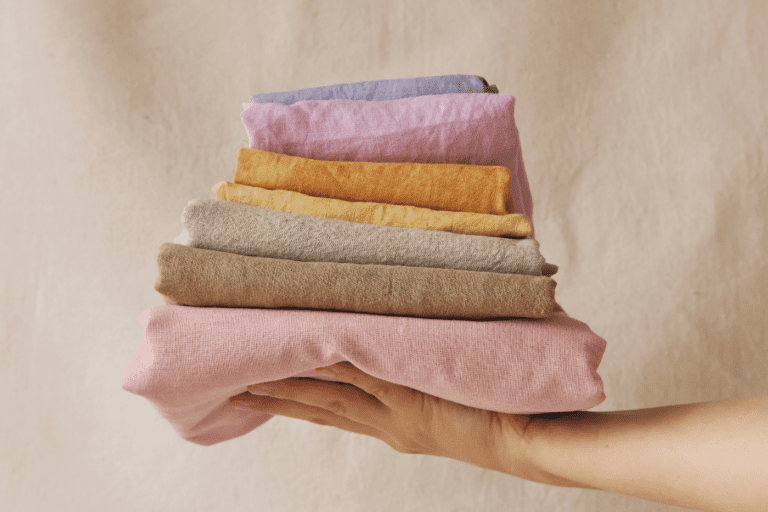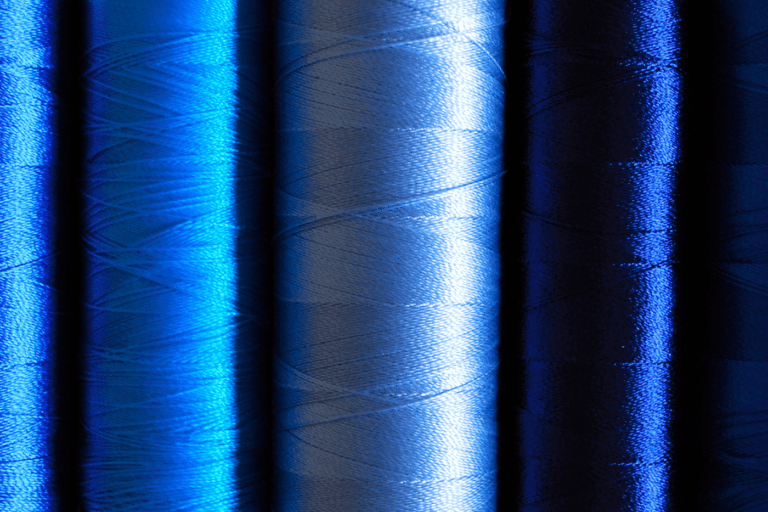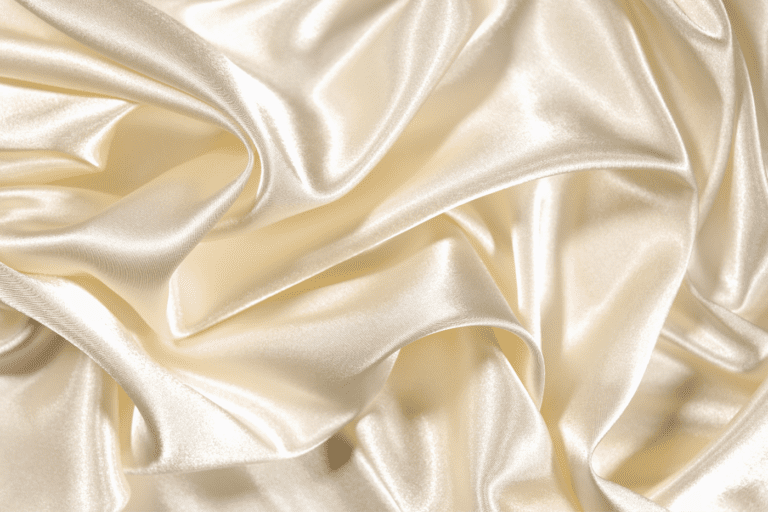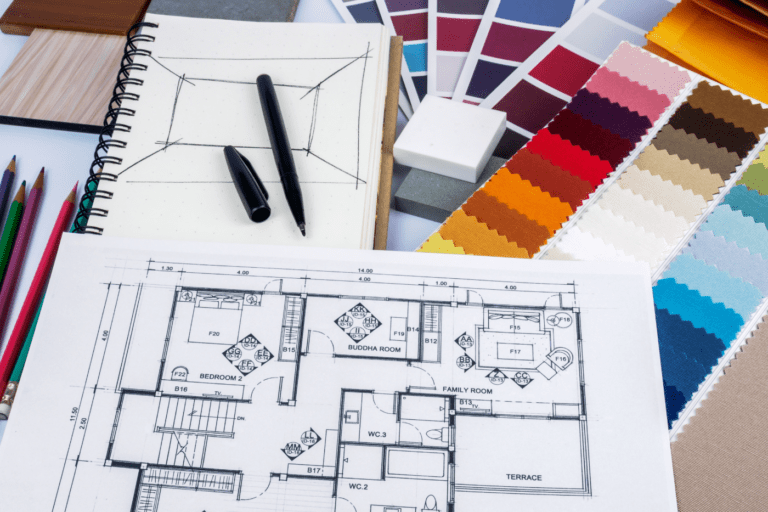Ever feel like your life needs a refreshing breath of simplicity amidst the chaos of belongings? That’s where the magic of decluttering, minimalism and less-is-more steps in.
So, buckle up, because we’re diving headfirst into the world of minimalism!

Understanding Minimalism and its Life-changing Benefits
Okay, imagine this: Each item you own is there because it rocks your world. That’s the essence of minimalism.
It’s about simplifying your life by focusing on what truly matters and letting go of what doesn’t.
And not about living in an empty room with a lone chair or an ‘insta-worthy’ setup; it’s about curating your belongings to reflect your values and needs.
Minimalism is your freedom ticket from being drowned in stuff. It’s decluttering with style, keeping what sings to your soul, and saying “thank you, next” to the excess.
Why Decluttering Matters

Let’s spill the tea on why decluttering is a game-changer:
The Physical and Mental Impact of a Cluttered Space
- Stress Overload: Picture this: You’re in a rush, trying to find your keys amidst a mountain of stuff. Stress levels? Through the roof. Cluttered spaces trigger a stress response in your brain, making it harder to find Zen. Your brain is shouting, “Where are my keys?!” but the clutter is muffling the answer.
- Focus Fiasco: Ever tried reading a book in a room that looks like it’s been hit by a tornado? It’s near impossible. A cluttered space equals a cluttered mind. It’s like trying to find Waldo in a sea of Wallys. You can’t concentrate because your brain is too busy processing all the visual noise around. Your ability to focus and be productive takes a nosedive when your surroundings are screaming, “Look at all this chaos!”
- Sleep Struggles: Imagine trying to snooze in a room that resembles a war zone. Not exactly the most peaceful, right? A messy bedroom can lead to serious sleep problems. An organized space, on the other hand, promotes better sleep. It’s like tucking your room in for the night and saying, “Sweet dreams, room. See you in the morning!”
Environmental Benefits of Minimizing Possessions
- Reduce, Reuse, Recycle IRL: Remember the “reduce, reuse, recycle” slogan? It’s not just a catchy jingle. The less stuff you have, the less ends up in landfills. It’s like playing your part in the grand recycling game of life. Reduce what you need, reuse what you have, and recycle what’s left.
- Resource Conservation: Each possession you have required resources to produce. Think of it like a resource passport – every item has traveled a journey of production, consuming energy and materials. Now, imagine having fewer items, which means a lighter passport. You’re conserving Earth’s resources like a pro traveler packing light.
- Less Manufacturing Pollution: Factories and manufacturing processes can be big culprits when it comes to pollution. The more stuff we collectively demand, the more these factories churn out. By buying and owning fewer items, you’re indirectly giving those factories a breather. It’s like a “less stuff, less pollution” pact you didn’t even know you signed up for.
The Art of Letting Go
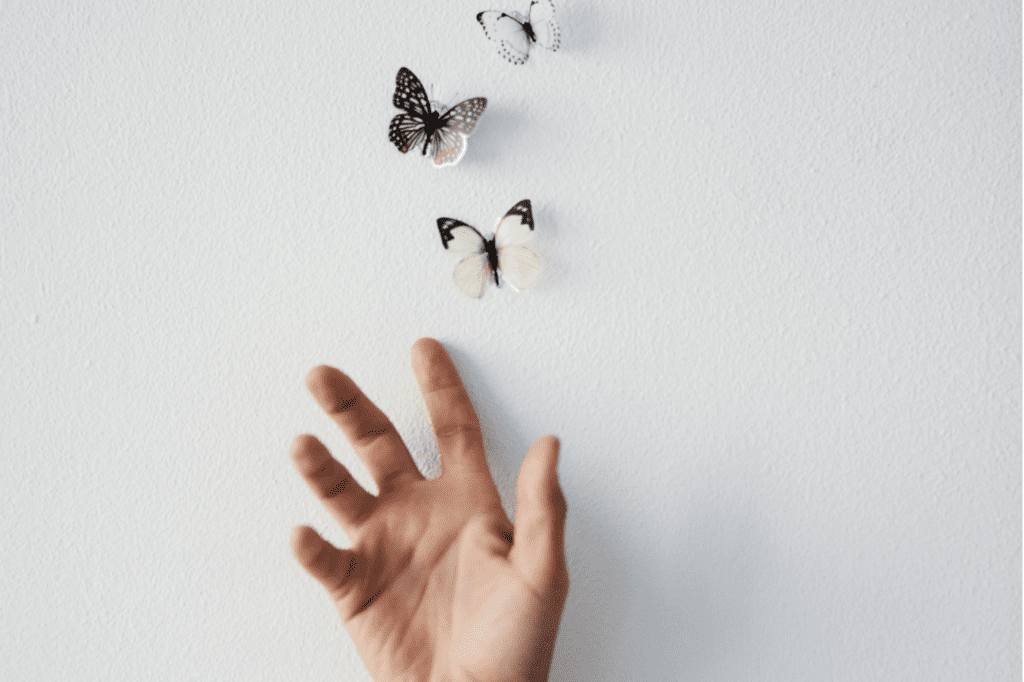
Overcoming Emotional Attachments to Objects
- Ditching the Excess Baggage: Imagine decluttering as a breakup, but with stuff. It’s time to bid farewell to the things that no longer spark joy. Letting go can be tough, but it’s like freeing up space for better, more exciting relationships—with your belongings, in this case!
- One In, One Out Rule: Every time you bring in a new item, consider letting go of an old one. This way, you maintain balance and gradually detach emotionally from possessions.
- Categorize and Prioritize: Sort your belongings into categories. Keep only the most meaningful or useful items from each category, letting go of duplicates or items that hold less emotional value.
- Mastering the KonMari Method: Ever heard of thanking your old, worn-out sneakers before letting them go? It’s a Marie Kondo thing, and it’s surprisingly effective. The KonMari method is about gratitude and appreciation. It’s like saying, “Thanks for the memories, old stuff. I’m ready for new adventures now!”
- Gift or Donate: Consider gifting the item to a loved one or donating it to someone in need. Knowing it’s being appreciated elsewhere can help ease emotional attachment.
- Focus on the Present and Future: Remind yourself that the memories associated with the item still exist within you. Embrace the present and look forward to creating new memories.
- The Memory Box Technique: Take a photo of the item, write down the memory associated with it, and keep these in a digital or physical memory box. This way, you preserve the memory without cluttering your space.
Practical Steps to Declutter

Belongings Expedition
Imagine you’re on a treasure hunt, and your belongings are the treasure. Sort them into categories: Keep, Discard, and Donate.
- Keep (Treasure):
- The Joy-o-Meter Test: Hold each item and let your joy-o-meter do the talking. If an item doesn’t make it beep, it’s time to bid farewell. Minimalism is about surrounding yourself with things that make your joy-o-meter sing sweet tunes.
- Things you use regularly and add value to your daily routine.
- Sentimental belongings that hold precious memories and have a special place in your heart.
- Discard (Burry):
- Items that no longer serve a purpose or provide joy.
- Belongings that haven’t been used or thought about in a significant amount of time.
- Things that are broken, damaged, or beyond repair.
- Donate (Another Man’s Treasure):
- Gently used items that are in good condition but no longer needed by you.
- Belongings that can be of use or bring joy to someone else.
- Clothes, furniture, books, or appliances that can find a new home and a new purpose with others.
So, have fun navigating through your belongings like a treasure map, identifying what’s gold, what’s ready to be buried, and what’s meant for another adventurer’s journey.
Room-by-Room Decluttering Guide
For more in-depth info considering diving into 23+ SIMPLE WAYS TO DECLUTTER YOUR HOME (ONCE AND FOR ALL!)
Living Room
- Tip 1: Start with your shelves and tables. Remove any items you no longer love or need.
- Tip 2: Evaluate your furniture. Consider if you have too much or if something can be replaced with a more space-efficient option.
- Tip 3: Organize your entertainment area. Sort through DVDs, books, or video games. Keep what you truly enjoy.
Bedroom
- Tip 1: Declutter your closet. Donate clothes you haven’t worn in a year or more.
- Tip 2: Simplify your bedside table. Only keep essentials like a lamp and a book you’re currently reading.
- Tip 3: Streamline under your bed. Remove items that you rarely use and keep only what’s necessary.
Kitchen
- Tip 1: Tackle your pantry. Dispose of expired items and donate non-perishables you won’t use.
- Tip 2: Simplify your utensils and cookware. Keep only what you frequently use.
- Tip 3: Organize your fridge and freezer. Dispose of expired or freezer-burnt items.
Bathroom
- Tip 1: Simplify your toiletries. Discard products you don’t use or have expired.
- Tip 2: Organize your medicine cabinet. Get rid of expired medications and keep only essentials.
- Tip 3: Declutter your towels and linens. Keep what you need and donate the rest.
Home Office
- Tip 1: Streamline your desk. Keep only the essentials like your computer, stationery, and a few personal items.
- Tip 2: Organize paperwork. Shred or recycle documents you no longer need and file the important ones neatly.
- Tip 3: Evaluate office supplies. Keep what you regularly use and donate or give away the surplus.
Garage/Storage
- Tip 1: Start with large items. If you haven’t used it in a year, consider if you really need it.
- Tip 2: Sort through boxes. Label items and consider if you’ll need them in the future. Donate or sell what you don’t.
- Tip 3: Optimize storage. Invest in shelves and storage bins to keep things organized and easily accessible.
Remember, decluttering is about creating a space that aligns with your values and makes your life simpler and more enjoyable. Happy decluttering! ✨
Minimalist Living Spaces
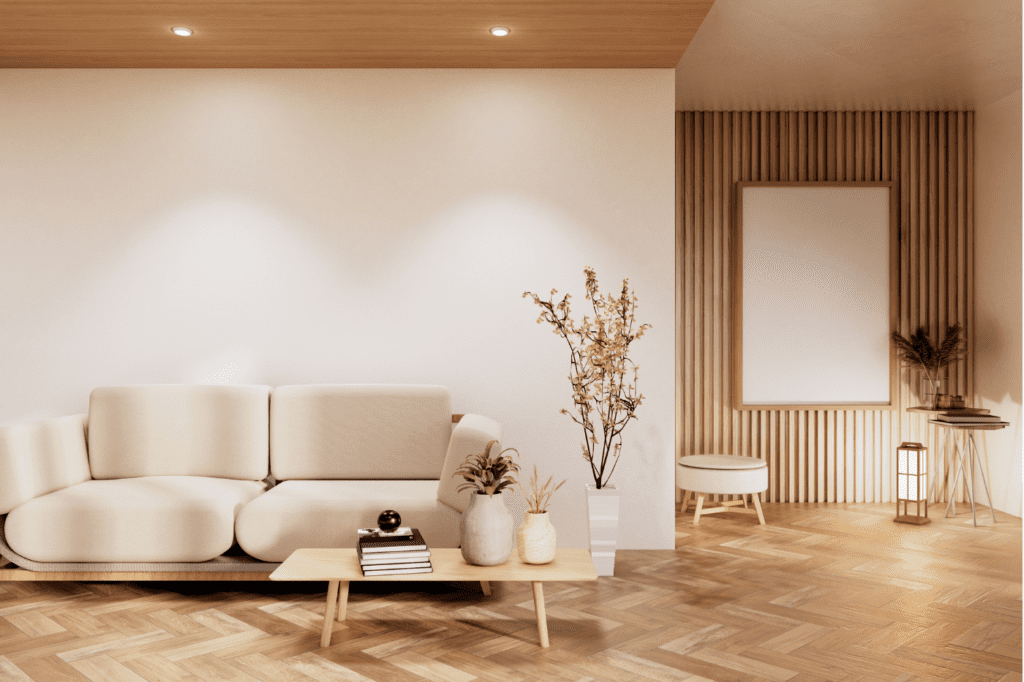
Designing a Minimalist Home: Tips and Tricks
- Start with a Clean Slate: Removing all items from a room gives you a fresh perspective. As you gradually reintroduce items, you’ll be intentional about what you bring back, ensuring each piece aligns with your minimalist vision.
- Focus on Functionality: A minimalist home prioritizes function. Consider the purpose of each item. Does it serve a practical function in your daily life? If not, consider if it truly belongs in your space.
- Declutter Regularly: Minimalism is a continuous journey. Schedule regular sessions to declutter your living spaces. It prevents unnecessary items from accumulating and helps maintain a minimalist environment.
- Opt for Neutral Colors: Neutrals like whites, grays, and earth tones create a sense of calm and cohesion. They also provide a versatile base that allows other elements in the room to stand out.
- Invest in Quality, Not Quantity: A key principle of minimalism is quality over quantity. Invest in well-made, timeless pieces that may cost more initially but last longer, both in terms of durability and style.
- Use Multi-Functional Furniture: Space-saving and multi-functional furniture like a sofa bed or a coffee table with storage helps maximize utility without overcrowding your home.
- Utilize Vertical Space: Consider installing shelves or hooks on walls. Utilizing vertical space keeps surfaces clear, enhancing the feeling of openness and organization in your home.
- Limit Decorations: Minimize decorative items to a few that hold significant value or contribute to the aesthetic you desire. Keep it simple and intentional.
- Hide Cables and Wires: A clutter-free look is essential. Use cable management solutions to keep wires organized and out of sight, contributing to a clean and minimalist ambiance.
- Practice Mindful Consumption: Before making a purchase, ask yourself if the item is a necessity or if it aligns with your minimalist lifestyle. Mindful consumption is a cornerstone of maintaining a minimalist home.
Simplifying Your Wardrobe
- Capsule Wardrobe for Every Occasion: Embrace a capsule wardrobe to simplify choices. Mix and match a few quality, versatile pieces for a fashion win!
- Tip Try a “30 wears” rule – if you won’t wear it 30 times, reconsider the purchase.
- The Hanger Trick: This visual tactic helps you identify what you wear and what you don’t. It provides a clearer view of your clothing habits and can guide your decluttering decisions.
- Seasonal Rotation: Store clothes for the current season in your main wardrobe and store off-season clothes elsewhere. It simplifies your choices and keeps your wardrobe from feeling overwhelming.
- One In, One Out Rule: Implement a rule that for every new clothing item you bring in, you must donate or sell one that you no longer wear. This helps maintain a manageable wardrobe size.
- Quality Over Quantity: Choose quality over quantity when it comes to clothing. Invest in well-made pieces that align with your style and can withstand wear over time.
- Donate Regularly: Make it a habit to review your wardrobe periodically. If you haven’t worn an item in the last year, consider donating it to someone who will appreciate and use it.
- Organize by Category and Color: Arrange your clothes by type (e.g., shirts, pants) and then by color. This organization system makes it easier to find what you’re looking for and encourages order.
- Keep Only What Fits: Holding onto clothes that don’t fit can create mental clutter. Keep items that fit well and make you feel confident.
- Fold Vertically: Fold your clothes so that you can see each piece at a glance. This technique allows you to appreciate and use each item in your wardrobe.
- Consider Lifestyle Needs: Tailor your wardrobe to your lifestyle. Keep clothes that suit your daily activities and events, ensuring that each item serves a purpose.
By embracing these tips, you’ll not only simplify your living spaces and wardrobe but also cultivate a more intentional and mindful way of living. Let simplicity and purpose guide your choices! 🌿
Adopting Minimalism Beyond Physical Possessions
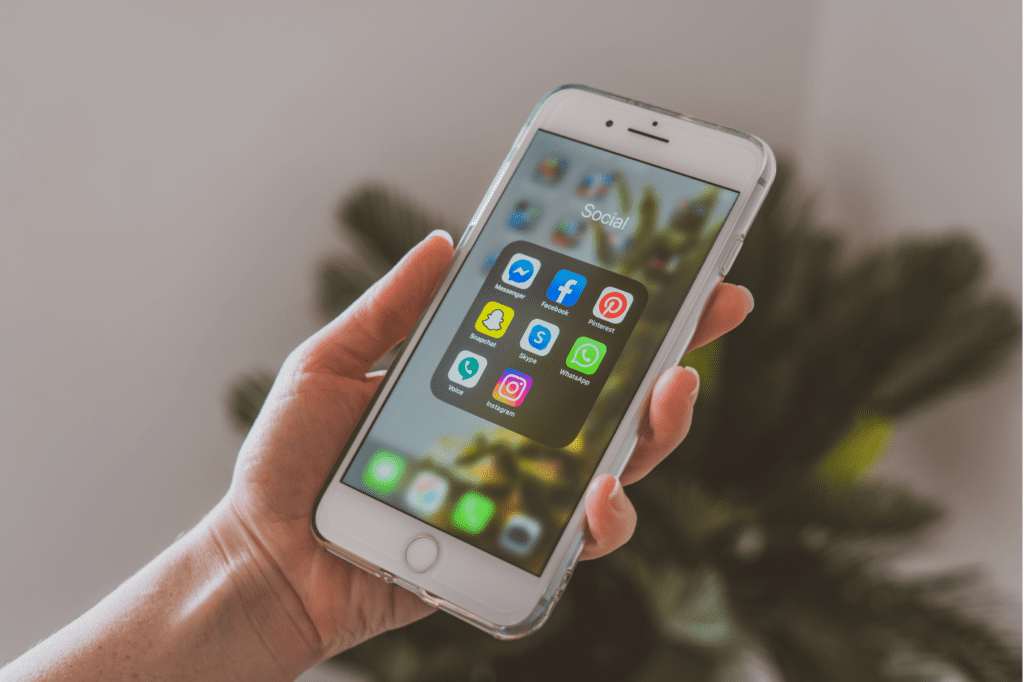
Digital Decluttering: Organizing Your Digital Life
App-Taming Mastery: KonMari your apps for a decluttered digital life. Keep what ‘sparks joy’, and bid farewell to the rest!
File Tetris Tactics: Level up your organization by neatly organizing files into labeled folders. It’s tidying up for your computer and great for productivity!
Unfollow the Uninspiring: Trim your digital fat by unfollowing and unsubscribing from irrelevant accounts and emails. Your inbox will thank you!
Minimalist Time Management: Quality Over Quantity
Task Optimization Play: Turn your to-do list into a game of prioritization. Pick the high-scoring tasks and conquer your day with efficiency!
Time Allocation Wizardry: Channel your inner time wizard and designate specific time blocks for each task. Watch your productivity soar!
Social Media Surfin’: Limit your daily social media adventure. Less scrolling, more time for meaningful pursuits!
Mastering the digital and time management realms with a minimalist approach is like unlocking a new level in a game – it’s a game-changer! 🎮
Mindfulness and Meditation for a Minimalist Lifestyle
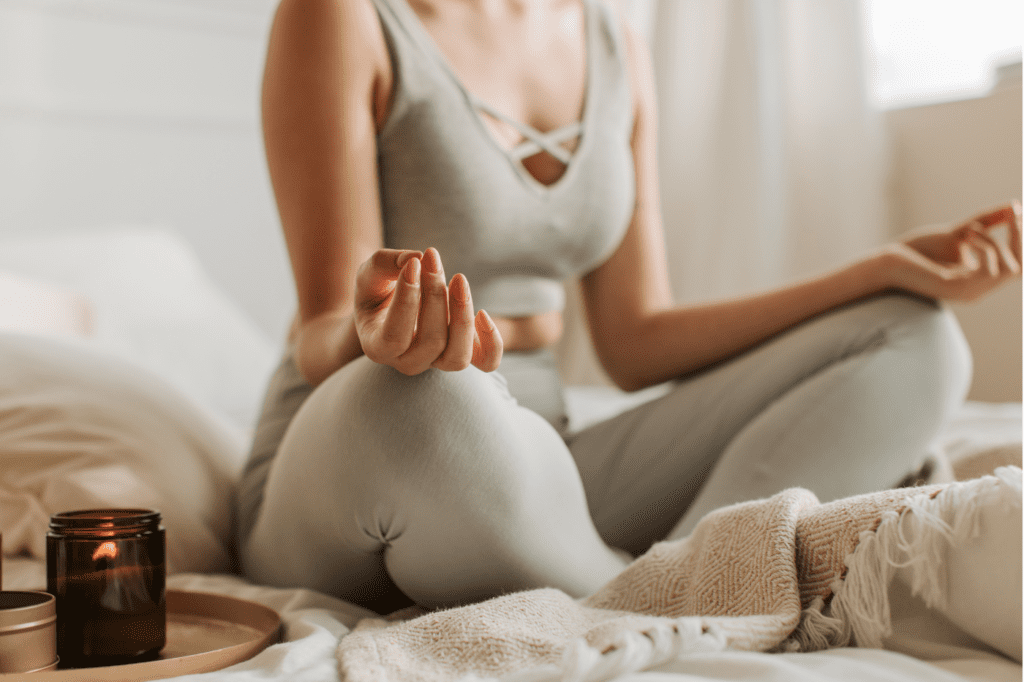
- Morning Mindfulness Routine: Start your day with a few moments of mindfulness. Focus on your breath, setting a positive tone for the day.
- Tip: Before getting out of bed, take 5 deep breaths, appreciating the start of a new day.
- Mindful Eating Habits: When you eat, focus solely on your meal. Appreciate the flavors, textures, and the effort that went into your food.
- Tip: Put away distractions like phones or TV during meals to fully engage with your food.
- Meditation for Mental Clarity: Set aside time for meditation. Even 10 minutes a day can help clear your mind and enhance your focus.
- Tip: Use guided meditation apps to assist you, especially if you’re new to meditation.
- Gratitude Journaling: Each night, jot down a few things you’re grateful for. It helps shift your focus to the positive aspects of life.
- Tip: Be specific in your gratitude notes, and watch your perspective shift towards abundance.
- Declutter Your Mind: Just like physical spaces, your mind needs decluttering too. Write down your thoughts to release mental burdens.
- Tip: Practice a ‘brain dump’ where you jot down every thought on paper, freeing your mind from mental clutter.
- Nature Walk Meditation: Combine mindfulness with a walk in nature. Notice the sights, sounds, and smells around you.
- Tip: Leave your headphones at home and immerse yourself fully in the nature experience.
- Mindful Technology Usage: Be mindful of how much time you spend on screens. Take breaks and be present in the moment instead.
- Tip: Set app limits on your phone to help you use it more consciously.
- Bedtime Relaxation Routine: Wind down before bed with a relaxation routine. It could be reading a calming book or practicing gentle stretches.
- Tip: A cup of warm herbal tea can add to the relaxing ritual before bedtime.
Mindfulness and meditation can be powerful tools on your minimalist journey. They help you appreciate the present moment and declutter not just your physical space, but your mind too.
Sustainable Living and Minimalism
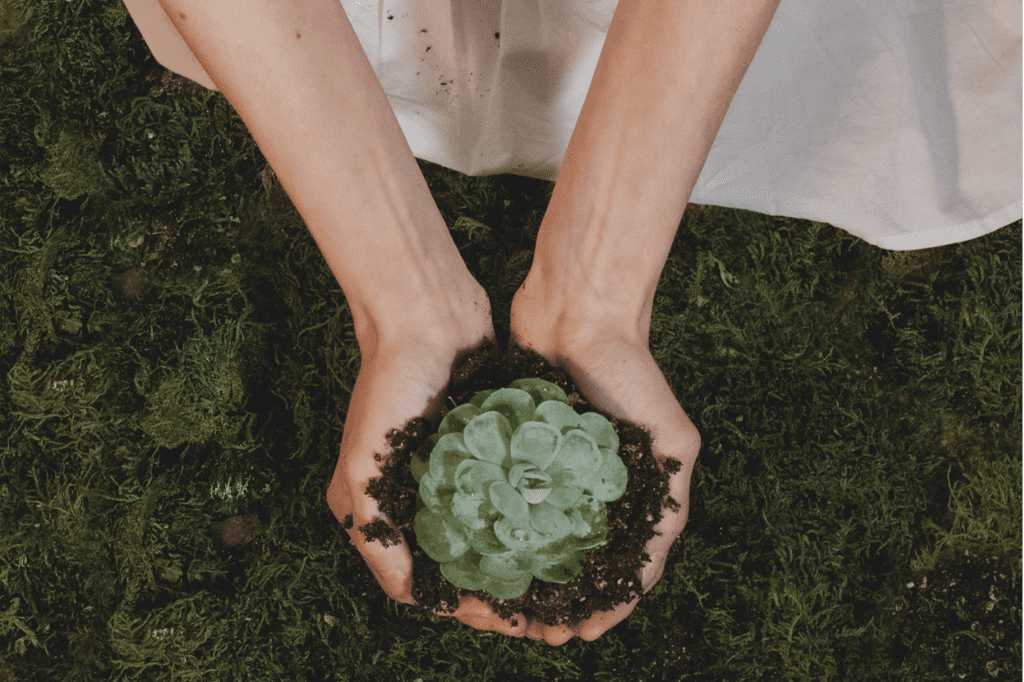
- Understanding the Intersection: Sustainable living and minimalism go hand in hand. Minimalism reduces excessive consumption, aligning with sustainability’s core principles.
- Tip: See minimalism as a pathway to consuming consciously and reducing waste.
- Mindful Purchases: When you live minimally, you naturally make more intentional and sustainable purchasing decisions.
- Tip: Ask yourself if you truly need the item before making a purchase.
- Reducing Waste through Minimalism: Owning fewer possessions means generating less waste over time.
- Tip: Buy in bulk or choose products with minimal packaging to further reduce waste.
- Reusing and Repurposing: Minimalism encourages reusing and repurposing items, reducing the need for buying new things.
- Tip: Get creative with repurposing items you already own; turn old shirts into cleaning rags, for example.
- Eco-Friendly Cleaning Products: Simplifying your cleaning routine can involve using fewer, but eco-friendly, cleaning products.
- Tip: Make your own cleaning solutions using common household items like vinegar and baking soda.
- Minimalist Energy Usage: Owning fewer electronics and using them mindfully reduces your energy consumption.
- Tip: Unplug devices when they’re not in use to save energy and reduce your carbon footprint.
- Upcycling and Its Environmental Impact: Upcycling, a concept rooted in minimalism, gives old items a new life, diverting them from landfills.
- Tip: Learn basic upcycling techniques like painting or reupholstering to give your old furniture a fresh look.
- Minimalist Gardening: Growing your own food aligns with both minimalism and sustainability by promoting self-sufficiency and reducing reliance on supermarkets.
- Tip: Start small with a few easy-to-grow herbs or vegetables in your garden or even indoor pots.
By integrating sustainability into your minimalist lifestyle, you not only simplify your life but also contribute positively to the environment. It’s about conscious choices that resonate with both your well-being and the health of our planet. 🌍💚
Challenges and Tips for Sustaining a Minimalist Lifestyle

- Society’s Siren Call: Feeling pulled in by flashy ads and societal norms? Imagine dodging raindrops on a sunny day – that’s how you navigate through these temptations.
- Top Tip: Knowledge is your power-up shield! Stay informed and inspired by following minimalism influencers and reading books on the subject.
- Sentimental Tango: Those sentimental tango moves – one step forward, two steps back! But fear not, you can break free and still keep the memories close.
- Top Tip: Capture the magic in a digital spellbook (photos!) and make more room for new enchanting adventures.
- Fear of Future Oopsies: Fear of future oopsies keeping you up at night? Let’s play the “Maybe Box” game – a game where everyone wins!
- Top Tip: Use the “Maybe Box” strategy: items you’re unsure about can go in a box. If you don’t use or need them in the next six months, it’s time to let them go.
- Declutter Dilemma: Ever faced the monstrous mountain of clutter and thought, “I’m not Indiana Jones”? Fear not, you don’t need a whip to conquer this decluttering temple.
- Top Tip: Start small, like a treasure hunt for that missing sock mate. One drawer at a time, and voilà! You’re on your way to decluttering legend status.
- The Bargain Monster: Sale signs flashing like neon lights, and you’re the moth? Fear not, dear moth, we can help you beat this retail-ridden maze.
- Top Tip: Limit shopping temptations by unsubscribing from marketing emails and avoiding unnecessary trips to the mall.
- Comparison Goblins: Oh, the comparison goblins, the ultimate fun ruiners! Ready to slay them and level up on your journey?
- Top Tip: Focus on your journey and growth. Celebrate your progress, no matter how small, and resist the urge to compare your journey to others’.
- Mental Flip Quest: Transitioning from “more is more” to “less is more” can be like flipping into a parallel universe. Cool, right?
- Top Tip: Connect with like-minded individuals in online communities or through social media. Reading books about minimalism can provide the knowledge and inspiration you need.
- FOMO Monster Chase: The FOMO (fear-of-missing-out) monster chasing you like a game of tag? Let’s turn this game around and play by your rules!
- Top Tip: Define your values and priorities. Choose experiences and possessions that align with these values, and let go of the rest.
Tips to Stay Committed to Your Minimalist Quest!
- Vision Quest: Got a vision board? If not, imagine one! See your ideal minimalist life, and let that be your guiding star.
- Top Tip: Create a digital or physical vision board with images and quotes that represent your minimalist goals. Keep it where you’ll see it daily.
- Accountability Pixie: Ever heard of an accountability pixie? Well, now you have! Find a friend or a group who can be your magical accountability pixie on this adventure.
- Top Tip: Share your minimalist goals with a close friend or join a minimalist community. Having someone to share your progress and challenges with can keep you accountable.
- Celebrate Victories: Remember those old video games? Celebrate like you just leveled up every time you reach a minimalist milestone.
- Top Tip: Reward yourself for achieving decluttering or minimalist goals. Treat yourself to a small, non-material reward like a relaxing bath or a favorite activity.
- Consistency Compass: Being consistent is like using a compass in a forest. It’ll guide you through the thickets of temptation!
- Top Tip: Set aside a specific time each week for decluttering or reassessing your belongings. Consistency will help you maintain a clutter-free lifestyle.
- Mindfulness Magic: Ever tried magic? Well, mindfulness is like magic for minimalists. Stay mindful, and the rest will follow suit.
- Top Tip: Practice mindfulness regularly. It’ll help you stay present, make thoughtful choices, and avoid impulsive purchases.
- Audit Your Progress: Just like auditing finances, audit your minimalist journey. Are you still on the right track? If not, it’s like a course correction in the adventure of life.
- Top Tip: Regularly review your progress. Are you sticking to your minimalist principles? Adjust your strategies if needed to align with your goals.
- Inspiring Reminders: Ever heard of magic words? Keep inspiring minimalist quotes and reminders around to keep your magical adventure thrilling.
- Top Tip: Write down your favorite minimalist quotes or create your own affirmations. Place them where you’ll see them often – like on your mirror or workspace.
- Educational Expansion: Imagine every book and blog post as a new level of your minimalist game. Keep leveling up for a legendary minimalist journey!
- Top Tip: Keep learning about minimalism and sustainability. Reading books, following blogs, and watching documentaries can provide fresh perspectives and motivation.
Stay committed to your minimalist quest, and you’ll unlock the secret levels of a simplified, intentional life! 🌱
Conclusion: Embrace the Minimalist Adventure!
Congratulations, you’ve embarked on a thrilling journey towards minimalism. You’ve decluttered, streamlined, and found the joy in owning less. But, it’s not just about what you’ve let go of, it’s about what you’ve gained – the freedom to live with intention and purpose.
Basking in the Freedom of Less 🌟
In your newfound minimalist world, every possession counts, and every choice matters. You’re no longer weighed down by the unnecessary, but instead, lifted by the freedom that comes with simplicity. Your mind is clearer, your space is cleaner, and your days are filled with what truly sparks joy.
Adventure awaits, and it’s a journey full of experiences, not possessions. Your minimalist lifestyle is a canvas for the life you truly want to live – uncluttered, meaningful, and vibrant. Enjoy the newfound freedom to focus on what matters most to you.
Inspiring Fellow Adventurers 🌿
Now, as you revel in this minimalist adventure, you have the power to inspire others to join. Share your story, your tips, and your newfound joy with friends and family. Show them that a minimalist lifestyle isn’t about sacrificing; it’s about gaining what truly matters.
Your journey is a beacon, guiding others towards a life of intention and meaning. Encourage them to start small, to let go of the unnecessary, and to find happiness in the simple things.
Together, let’s create a world where less clutter leads to more connection, where less stuff leads to more experiences, and where less stress leads to more happiness.
Set forth on this minimalist quest with a heart full of purpose and a mind full of freedom. Adventure awaits! 🌍✨ #MinimalistAdventure




